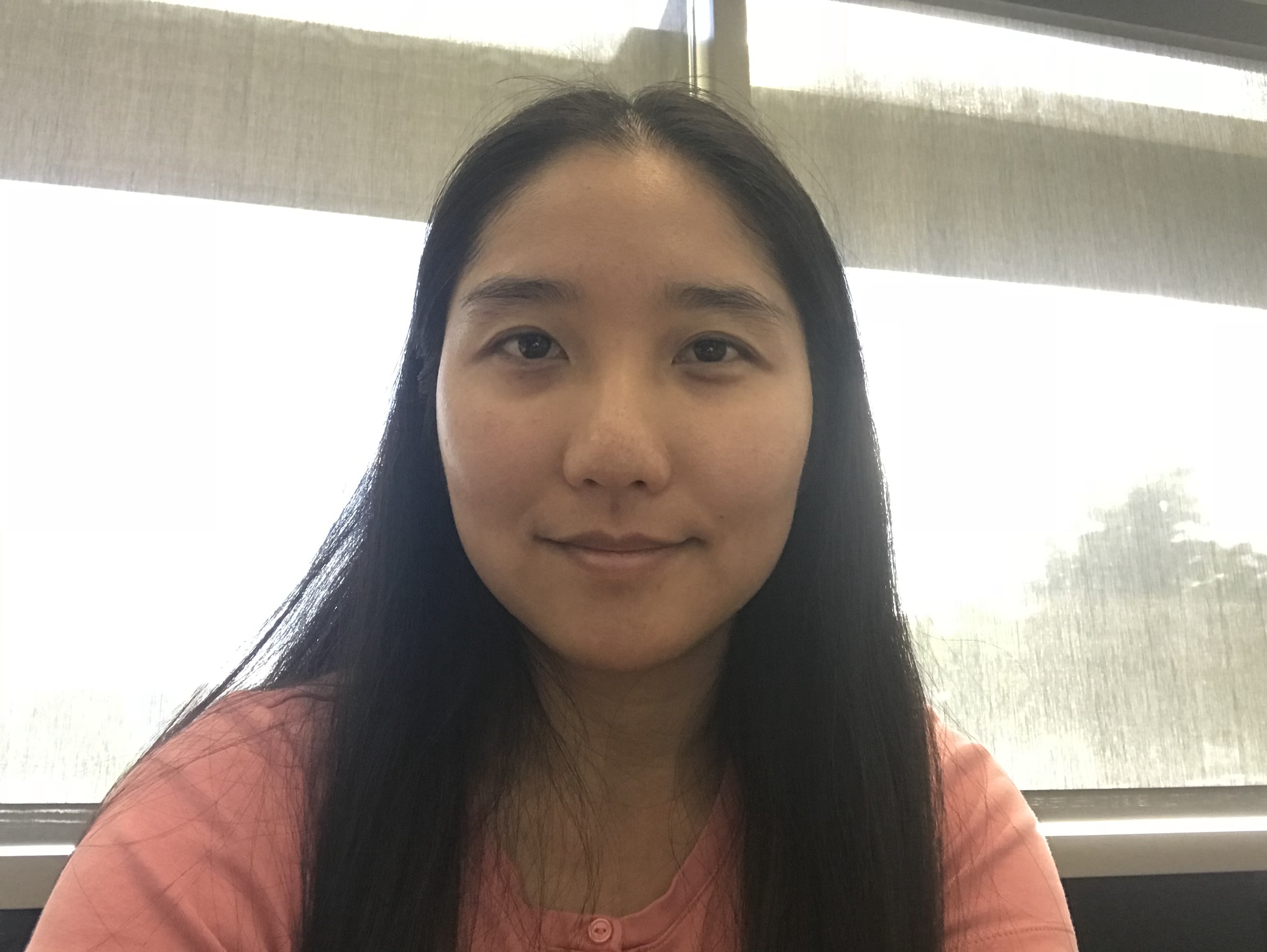Shih, Hsin-Yi (Jenny)
|
Jenny Shih is the astronomy instructor at the University of Hawaii Maui College. Her research interest is the connection between supermassive black holes and galaxy evolution. Jenny is currently teaching introductory astronomy lectures and labs. She attended PDP to learn about how to design activities to help non-science major students understand complex concepts in astronomy. She plans to use what she learned at PDP to incorporate more hands-on investigations in her courses.
hsinyis@hawaii.edu
|
 |
Teaching Activity Summary
Name of Teaching Activity: Phases of Solar System Objects
Teaching Venue & Date: University of Hawaii Maui College Astronomy Course, Sept 2018
Learners: 20 first-second year undergraduate students.
Reflection on teaching and assessing the core science or engineering concept:
Our main content goal is to teach students about phases of the moon. Students in introductory astronomy classes often have difficulty understanding the principal behind the changing phases of the moon. Many students rely on memorizing diagrams of the moon phases. While these students have a vague understanding that the phase changes due to the moon’s location in its orbit, they cannot apply the same concept to explain phases of other solar system objects.
To address this issue, we selected five pictures that illustrate the phases of several solar system objects from different perspectives and prompted students to ask questions about these pictures. We then consolidated the students’ questions, selected the questions that are relevant to the objects’ phases, and asked each student to choose a question interest them the most. The students spend a 3-hour lab period working in groups to investigate the questions they selected. After the investigation, the students have to turn in individual write-ups that explain the answer to their question and respond to our content prompt. Our content prompt specifically asks the students to discuss phases and include the source of illumination, the location of the solar system object in question, and the position of the observer.
Our rubric assesses the write-up based on understanding of our three core concept dimensions:
- Solar system bodies other than the Sun do not emit their own (visible) light
- The illuminated side of every solar system body is the side facing the Sun, and the side facing away from the Sun is dark
- Phases is how much of the illuminated side of the solar system body we can see from the perspective of the observer.
For each of the dimension, we award 0 points for showing no understanding, 1 – 2 points for showing partial understanding (if applicable), and 3 points for proficient understanding.
By observing the students’ investigation process, we have determined that most students appear to have achieved a solid understanding of how phases work. One of the teams were investigating the phases of Mars. They hypothesized that we can see new and crescent Mars from Earth. However, through their investigation, they were able to apply the concept of phases and correctly conclude that Mars, along with other superior planets, does not show new and crescents phases because they never come between the Earth and the Sun.
Our assessments have shown that students achieve a better understanding of the core content through this activity compared to traditional lectures. Since this approach has worked well, I will likely use a modified version of this activity and the same rubric to teach students about how phases work in the future.
